La Posada Tiny-Home Village Breaks Ground at Former Juvenile Hall in Santa Barbara
Project Will Provide Transitional Housing for 80 People Now Dwelling in Homeless Encampments Above Former Juvenile Hall
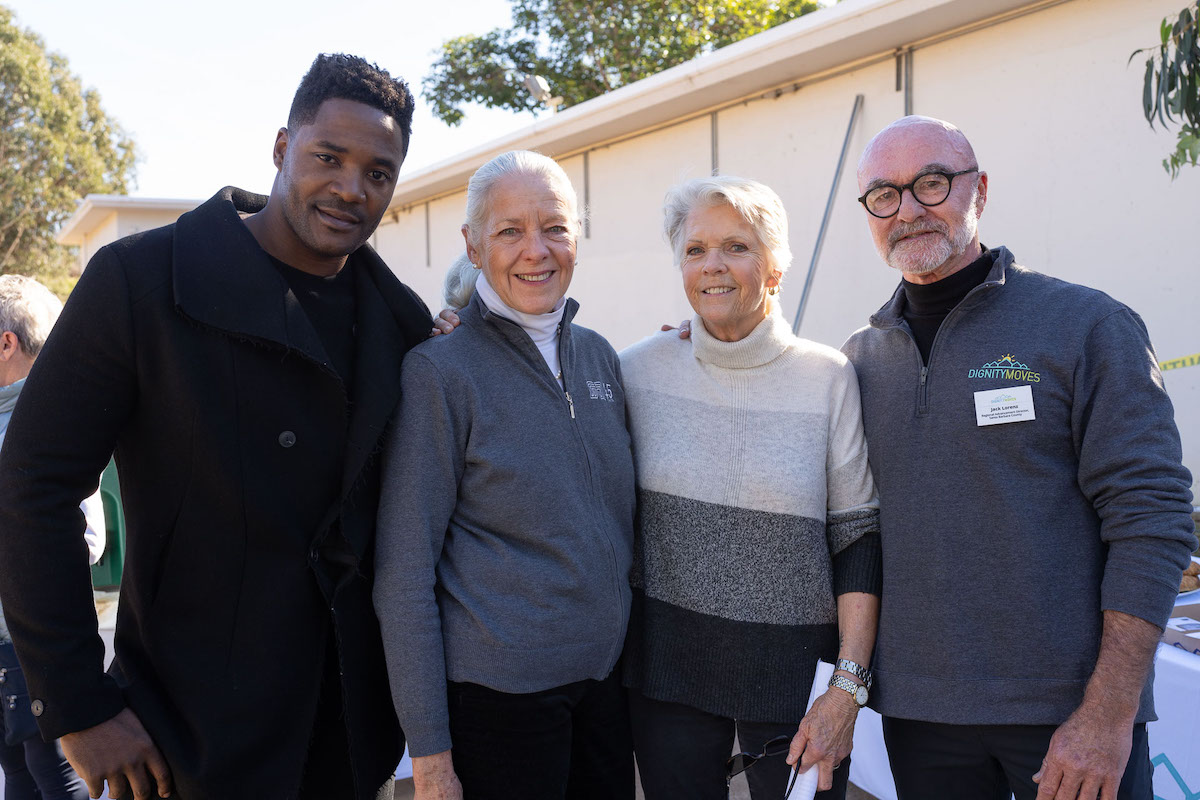
The sun was shining late last Friday morning, and no view on the South Coast sparkled more than the one offered by the old juvenile hall parking lot overlooking the confluence of Hollister Avenue and Modoc Road. The moment was a political high mass; pretty much every mover and shaker on the South Coast was present. Officiating the event — secular in tone but transformationally optimistic in spirit — were two well-known television stars who’ve landed in Santa Barbara: Meredith Baxter, iconic über-mom from the sitcom Family Ties, and Duane Henry, famous as a dashing MI6 agent on NCIS until his character got bumped off.
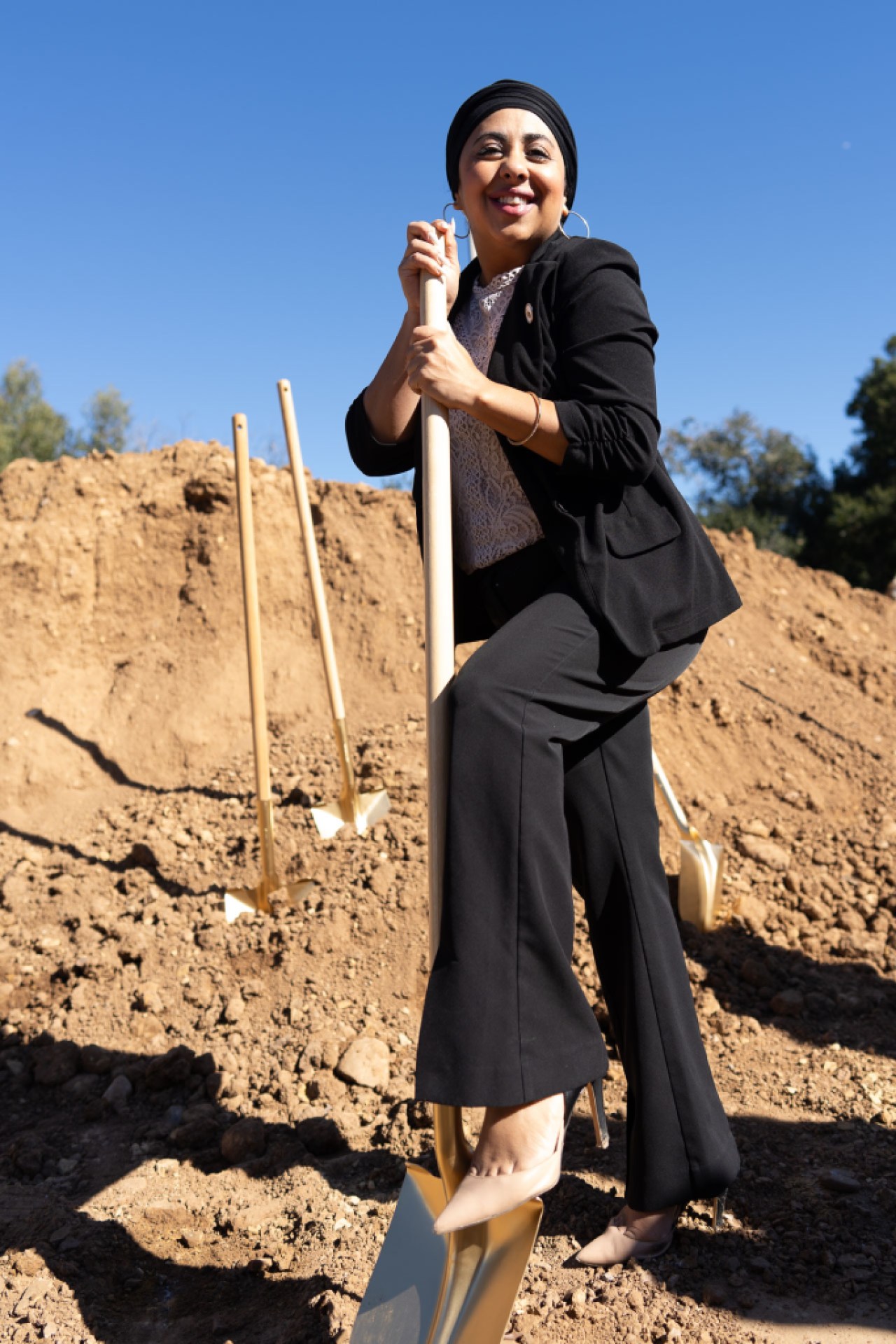
The occasion was a ground-breaking ceremony for a new tiny-home village designed to provide transitional housing for 80 people now dwelling in the homeless encampments long scattered throughout the hillsides above the site. When built, the new village — dubbed La Posada (meaning “shelter” or “inn” in Spanish) — will not only provide a roof for people who have lived without for many years, but each resident will have their own 8-foot-by-8-foot cabin, each with heating, lighting, air conditioning, Wi-Fi, a bed, a desk, a window, and doors that can be opened, closed, and locked by the occupants as they see fit.
When construction concludes sometime this April, it will mark the third such village constructed in Santa Barbara County by a public-private consortium spearheaded DignityMoves — a Bay Area nonprofit founded by philanthropic-minded entrepreneurs intent on creating a solution to homelessness that’s quick to build, relatively affordable, and scalable. Translated, that will make 208 new temporary supportive housing units built in the past two years come this April.
The formula for each project has been the temporary donation of county-owned land coupled with private philanthropic dollars courtesy of DignityMoves, with day-to-day operations run by Good Samaritan, by far the county’s largest provider of shelter and attendant services for homeless people.
DignityMoves is currently building another village — 94 units — located in Santa Maria on a government parking lot. And for the past 18 months, it’s been operating a 34-unit village in the heart of downtown Santa Barbara — also built on county-owned property — on the 1000 block of Santa Barbara Street. To date, there’s been a conspicuous lack of melodrama at the Santa Barbara Street site. As of December 31, the downtown DignityMoves project had served 109 residents, 73 of whom have since found stable housing, 69 connected to mental health services, 85 to health services, 102 have health insurance, 12 are employed, five enrolled at City College, 100 became “document ready,” 18 left of their own accord, and five were asked to leave. The five who were asked to leave were referred to other shelters run by Good Samaritan, such as Hedges House of Hope in Isla Vista.
In a previous incarnation, TV actor Duane Henry told the dignitaries assembled he too had experienced homelessness.
“Couch surfing,” he recalled, “You name it; I’ve done it all.”
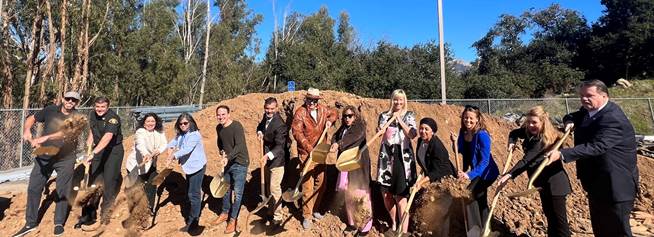
Henry recalled showing up at the offices of Supervisor Laura Capps — who has championed this project despite objections and concerns raised by neighbors — who he said bluntly asked him, “What do you want and who are you?” He replied, “I’m new in town, and I’m here to help.” He later added, “Homelessness ain’t your problem. It ain’t my problem. It’s all of our problems.” Referring to the new La Posada village, Henry concluded, “It takes a village to make a village.”
To date, DignityMoves has raised about $6 million to create La Posada. The County of Santa Barbara will pay Good Samaritan $2 million a year to provide case management and direct oversight for an estimated five-year time frame. And of the 80 beds, 40 have been set aside for homeless clients of the county’s Department of Behavioral Wellness.
The question remains, however: If “they” build it, will they come? At a forum on homelessness and mental health held this Saturday by the Committee for Social Justice, a homeless rights organization, several speakers identifying themselves as residents of encampments near La Posada objected to Good Samaritan rules barring visitors from the site and 7 p.m. curfews. They predicted people in the encampments would stay away.
Good Samaritan’s Kirsten Cahoon, director of homeless services, said Good Samaritan outreach workers had been scouring the nearby hillsides for the past six months, reaching out to people living in encampments. She acknowledged the concerns many expressed about not being able to come and go as they pleased. Cahoon said Good Samaritan vans would provide shuttle service to residents. Drugs and drinking, she said, would not be allowed on-site, but they also understood that some residents would get inebriated one way or the other.
At issue, she said, was whether they posed a risk to themselves or to other residents. Inebriation alone, she said, would not get a resident expelled. Good Samaritan, she noted, ran the largest substance-abuse treatment program in the county, not to mention having 500 shelter beds under various roofs.
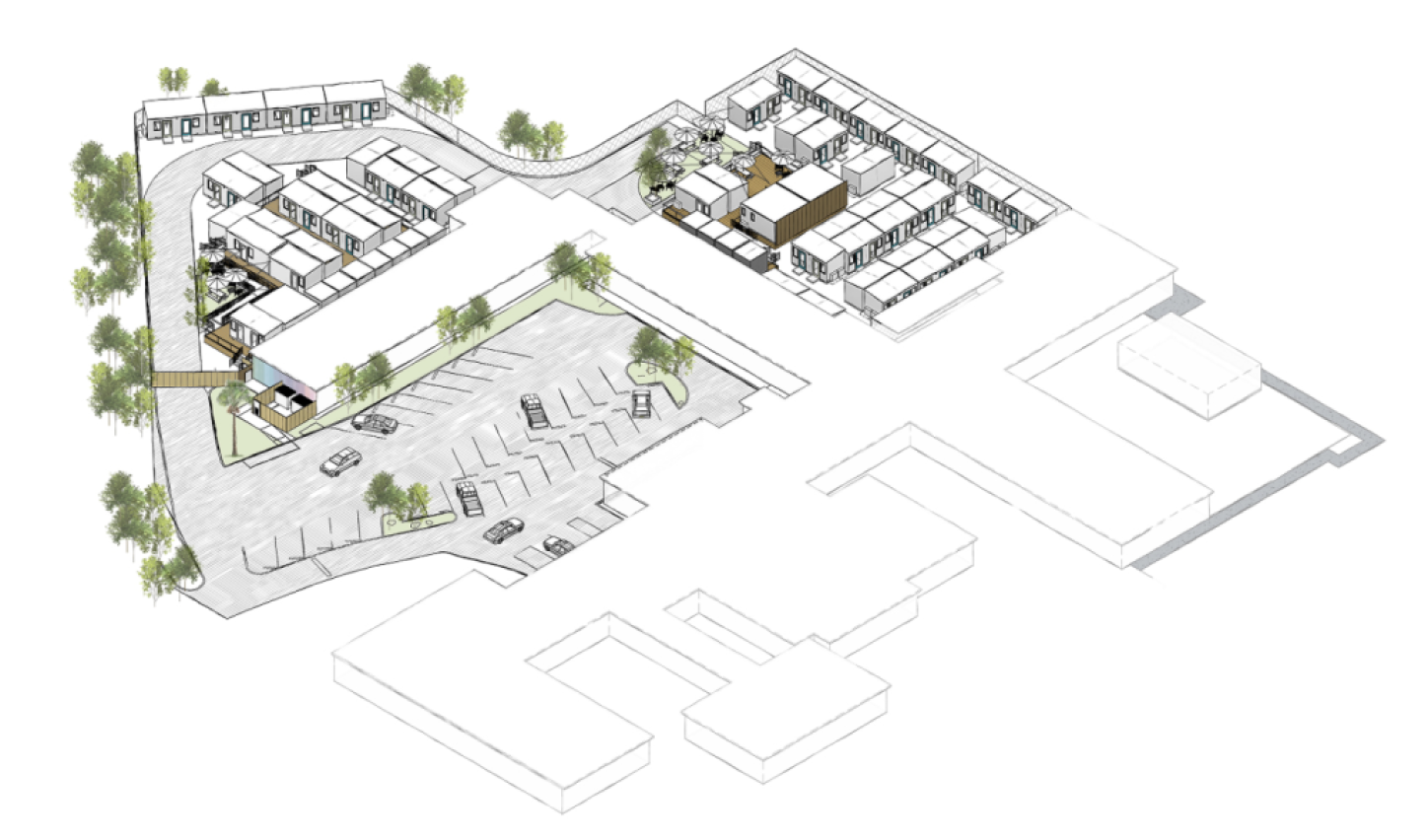
Security, she said, would be provided 24/7, as well as a host of services. Cahoon expressed confidence that the trust and connections established by Good Samaritan outreach workers — as well as the shelter, the services, and the sense of community offered — would draw people out of the encampments. According to Kimberlee Albers, the county’s de facto homeless czar, about 35 people are still living in those encampments. In the past year, she stated, about 28 such camps have been removed from the surrounding area.
Since 2021, there have been fires at the site big enough to warrant a response from County Fire, the most recent being last December. It’s been this concern about fire safety that’s allowed the county to clear as many camps as it has despite a Ninth Circuit Court of Appeals ruling that bars local governments from preventing homeless people from camping in public spaces unless a sufficient number of shelter beds are provided. County Fire Chief Mark Hartwig acknowledged the Fire Department is essentially “reactive” in its approach, but reflected many of the issues his firefighters react to “are the result of a lot of pain and despair and struggle. When it comes down to it, people light fires to stay warm or to cook their food,” he said.
“How do we fix it?” he asked. “This is it.”
Premier Events
Sun, Apr 28
6:00 PM
Santa Barbara
AHA! Presents: Sing It Out!
Thu, May 02
5:00 PM
Santa Barbara
Things with Wings at Art & Soul
Sat, May 04
10:00 AM
Lompoc
RocketTown Comic Con 2024
Sat, Apr 27
11:00 AM
Santa Barbara
Santa Barbara Plant Fest
Sat, Apr 27
3:30 PM
Santa Barbara
Santa Barbara Trapeze Co and Unity Shoppe Spring Food Drive
Sat, Apr 27
8:00 PM
Santa Barbara
Beau James Wilding Band Live
Sun, Apr 28
11:00 AM
Santa Barbara
Santa Barbara Earth Day Festival 2024
Wed, May 01
7:30 PM
Santa Barbara
American Theatre Guild Presents “Come From Away”
Thu, May 02
5:00 PM
Santa Barbara
100th Birthday Tribute for James Galanos
Thu, May 02
5:00 PM
Santa Barbara
Meet the Creator of The Caregiver Oracle Deck
Fri, May 03
4:00 PM
Santa Barbara
Santa Barbara Fair+Expo “Double Thrill Double Fun”
Fri, May 03
8:00 PM
Santa barbara
Performance by Marca MP
Sat, May 04
10:00 AM
Solvang
Touch A Truck
Sun, Apr 28 6:00 PM
Santa Barbara
AHA! Presents: Sing It Out!
Thu, May 02 5:00 PM
Santa Barbara
Things with Wings at Art & Soul
Sat, May 04 10:00 AM
Lompoc
RocketTown Comic Con 2024
Sat, Apr 27 11:00 AM
Santa Barbara
Santa Barbara Plant Fest
Sat, Apr 27 3:30 PM
Santa Barbara
Santa Barbara Trapeze Co and Unity Shoppe Spring Food Drive
Sat, Apr 27 8:00 PM
Santa Barbara
Beau James Wilding Band Live
Sun, Apr 28 11:00 AM
Santa Barbara
Santa Barbara Earth Day Festival 2024
Wed, May 01 7:30 PM
Santa Barbara
American Theatre Guild Presents “Come From Away”
Thu, May 02 5:00 PM
Santa Barbara
100th Birthday Tribute for James Galanos
Thu, May 02 5:00 PM
Santa Barbara
Meet the Creator of The Caregiver Oracle Deck
Fri, May 03 4:00 PM
Santa Barbara
Santa Barbara Fair+Expo “Double Thrill Double Fun”
Fri, May 03 8:00 PM
Santa barbara
Performance by Marca MP
Sat, May 04 10:00 AM
Solvang

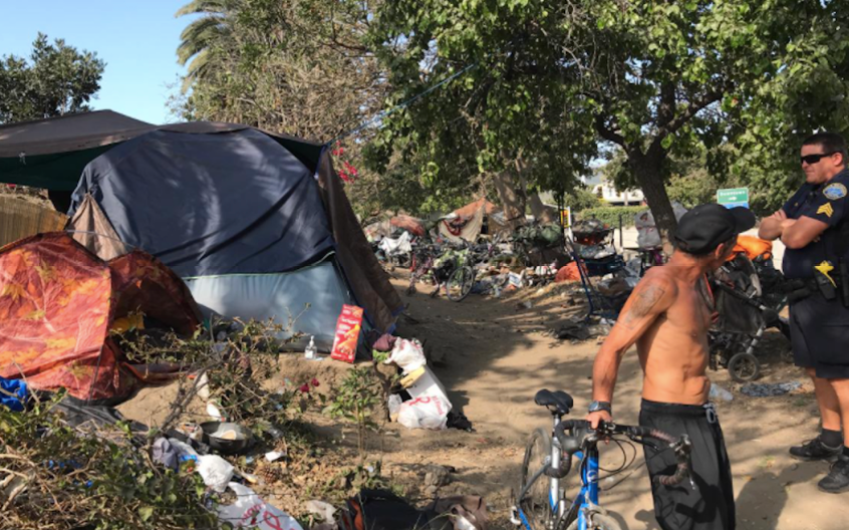
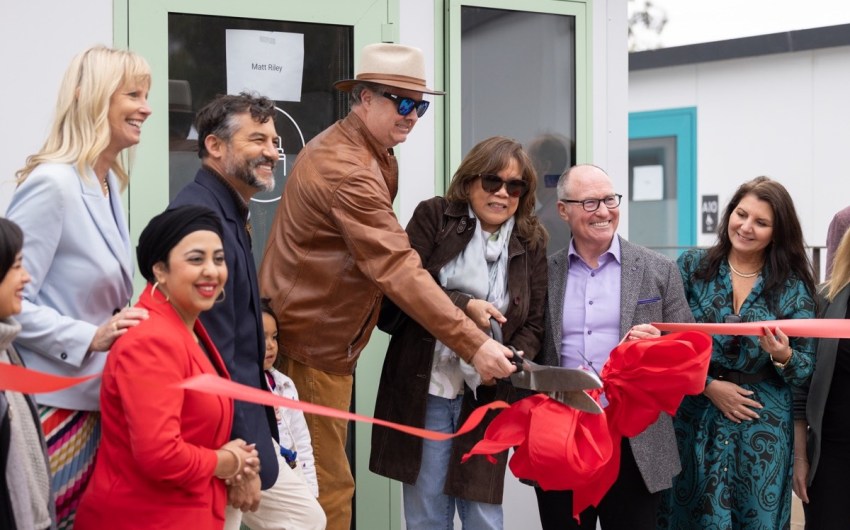
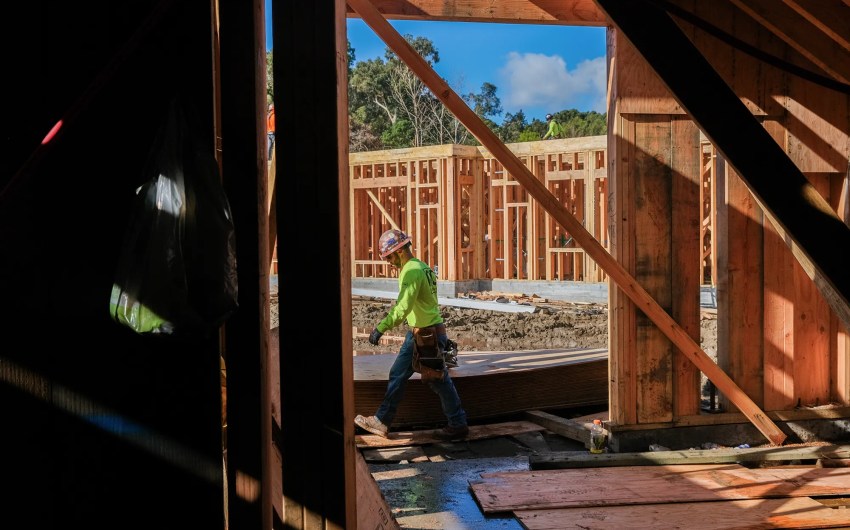


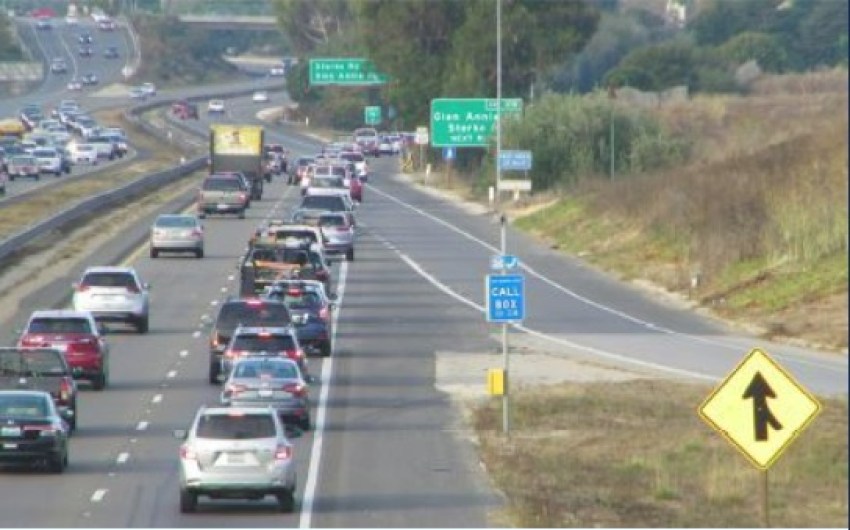




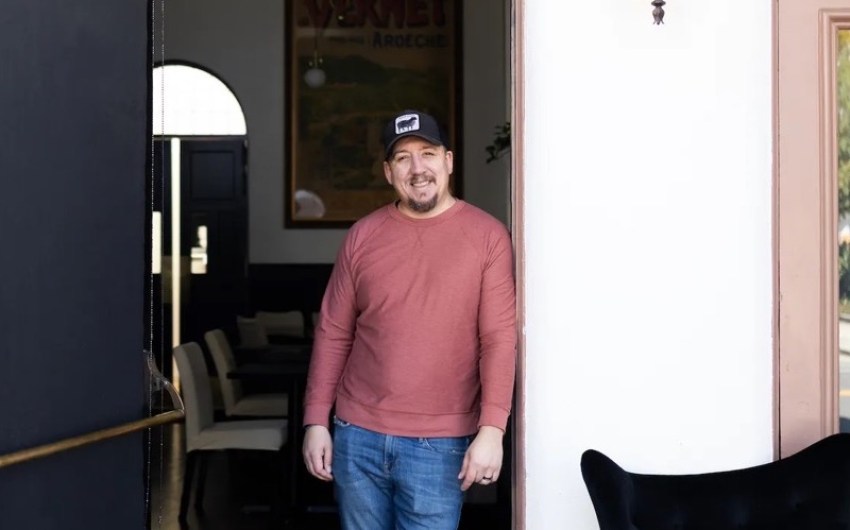

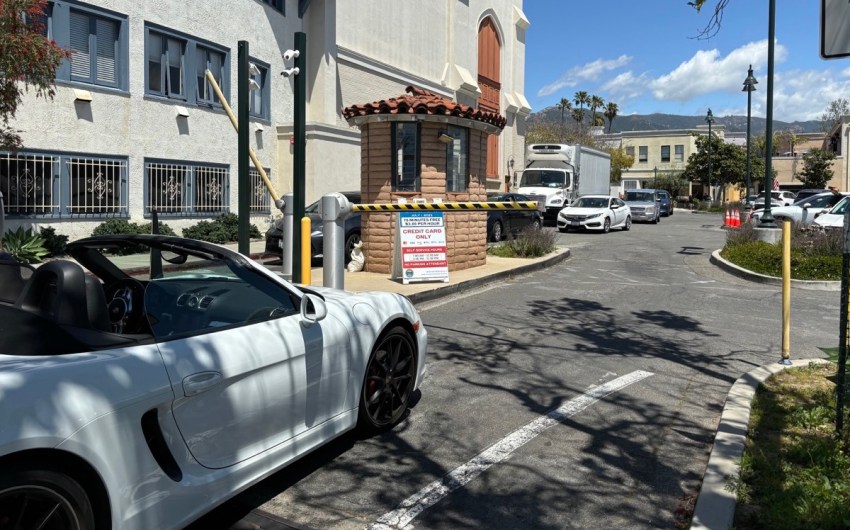













You must be logged in to post a comment.